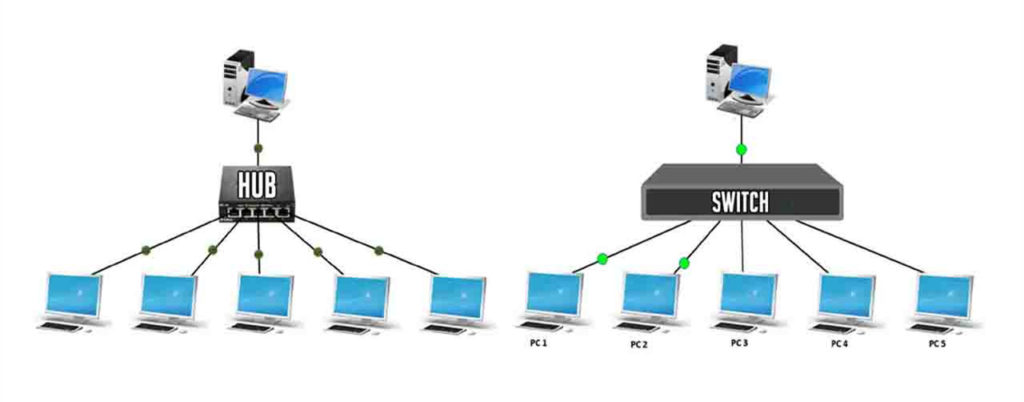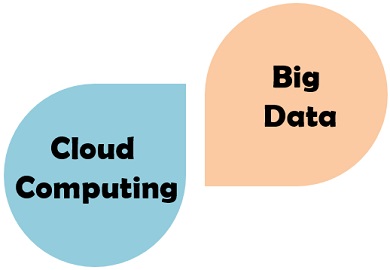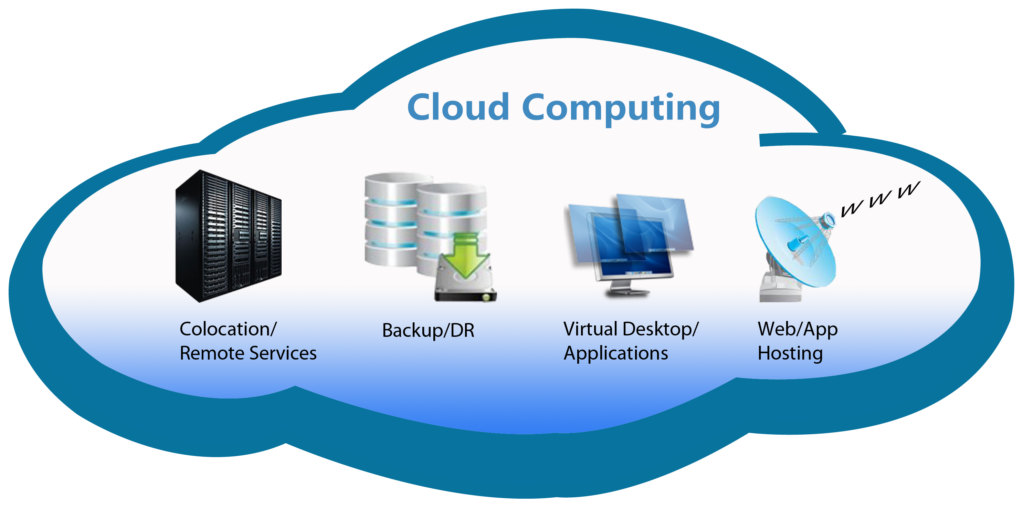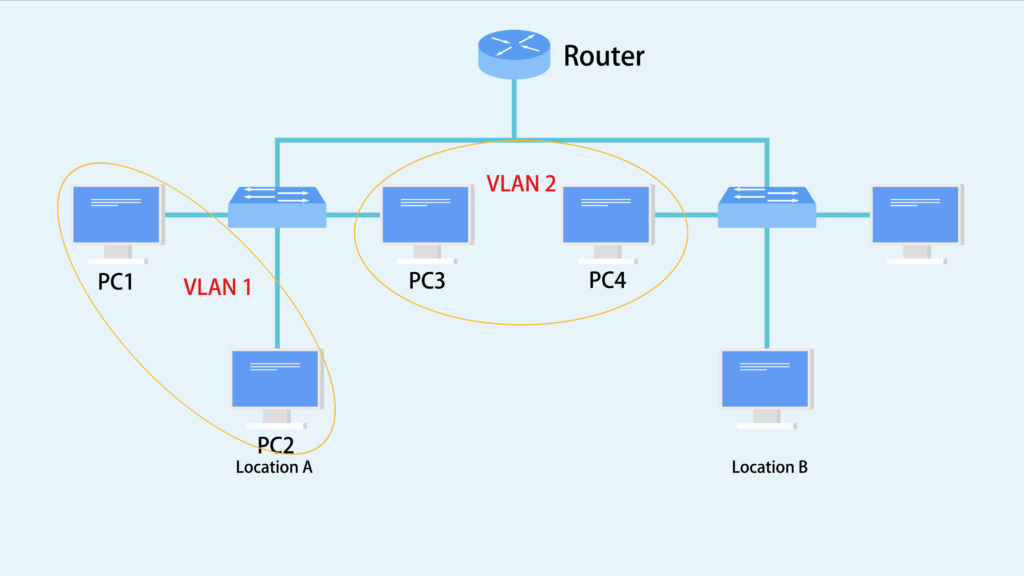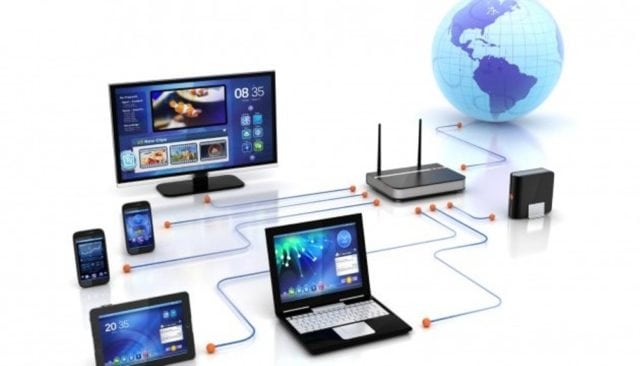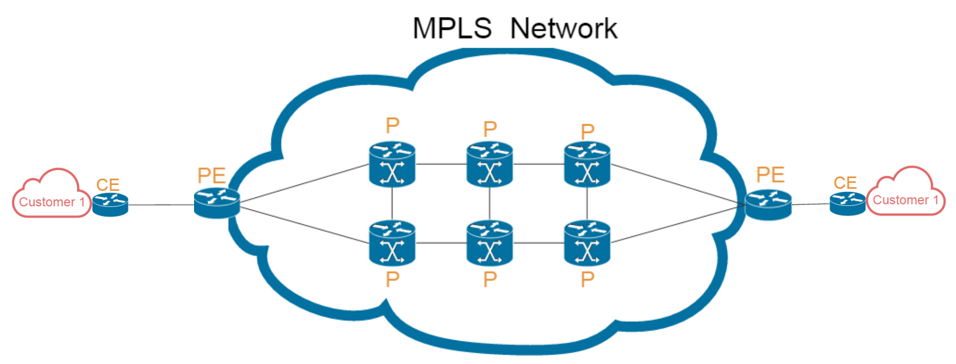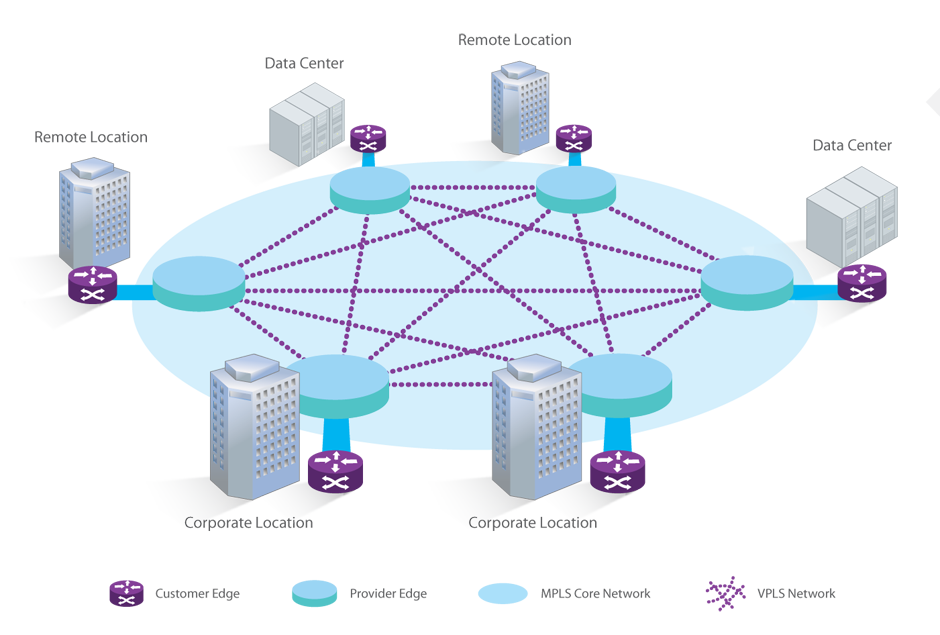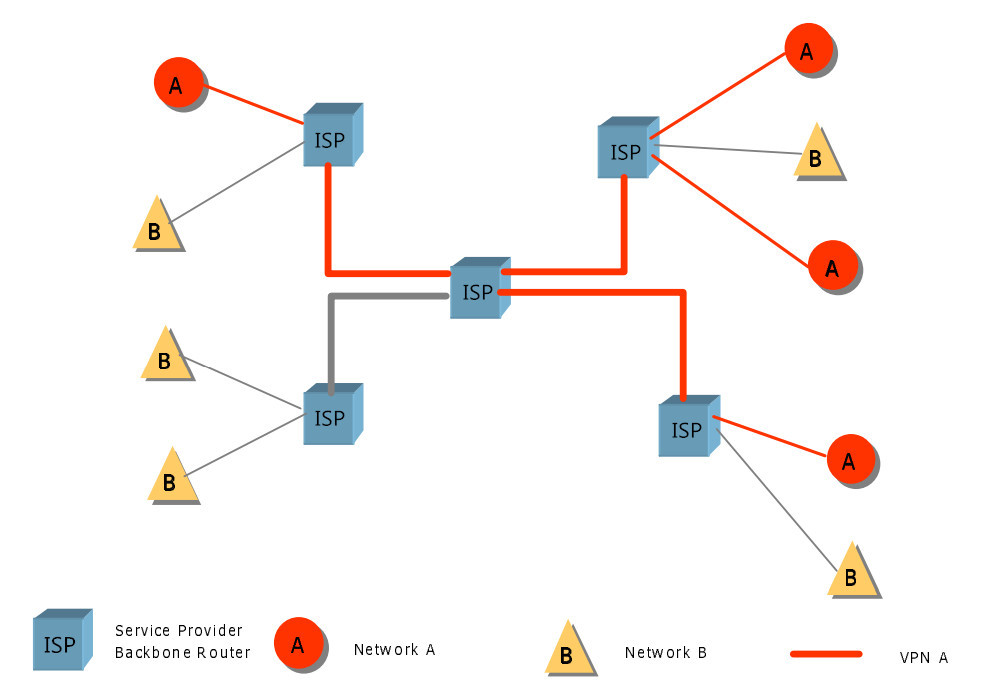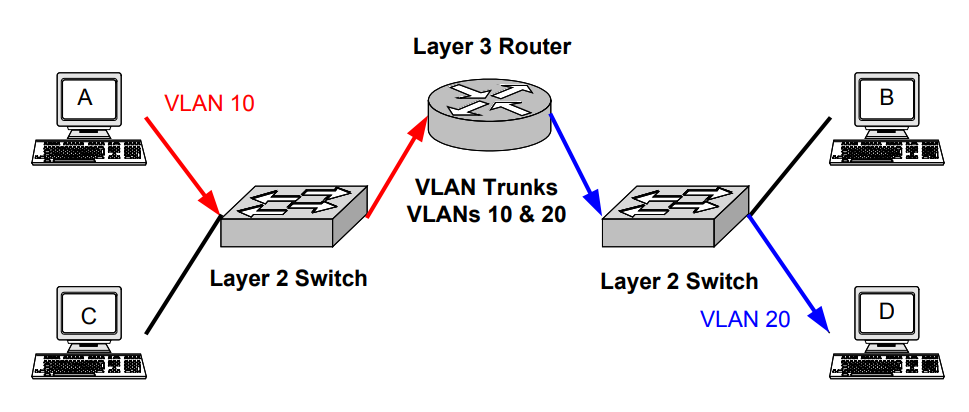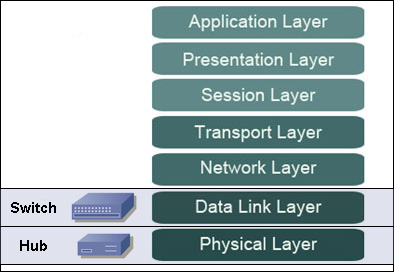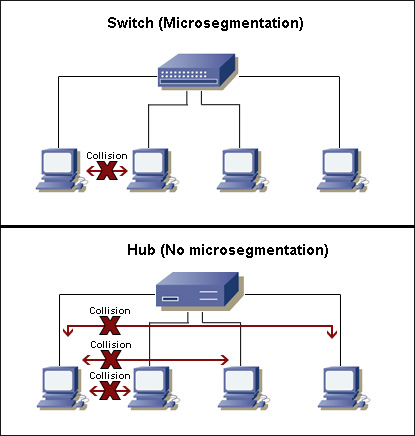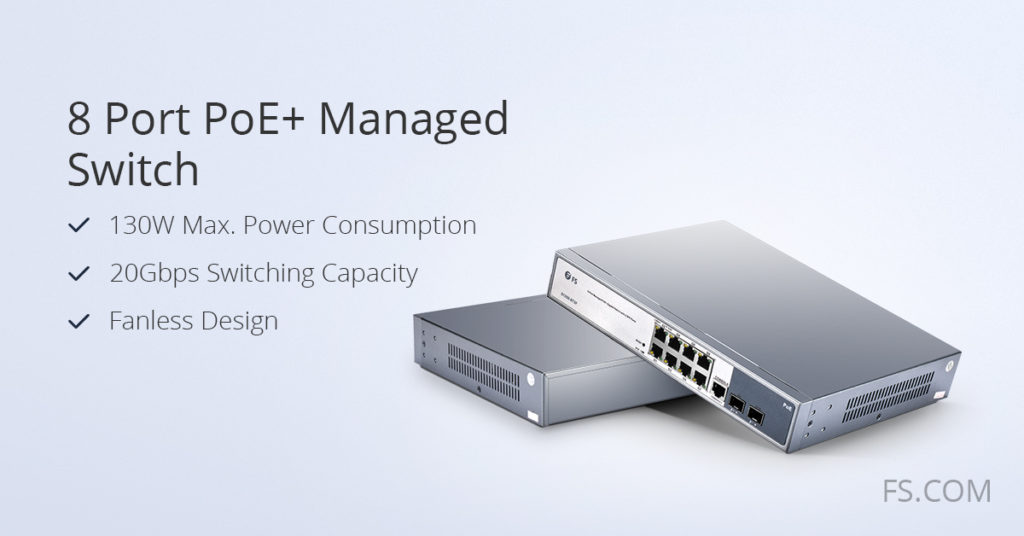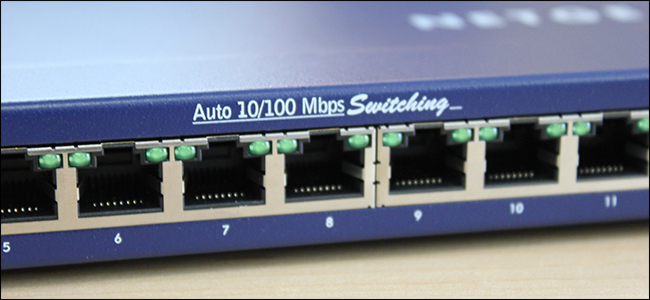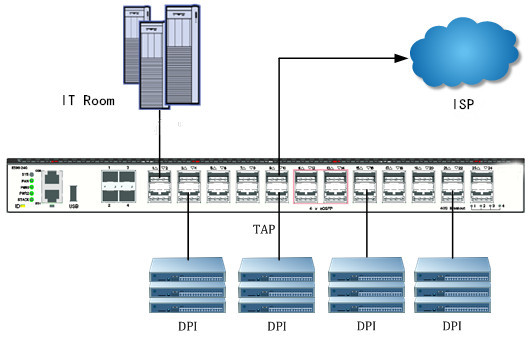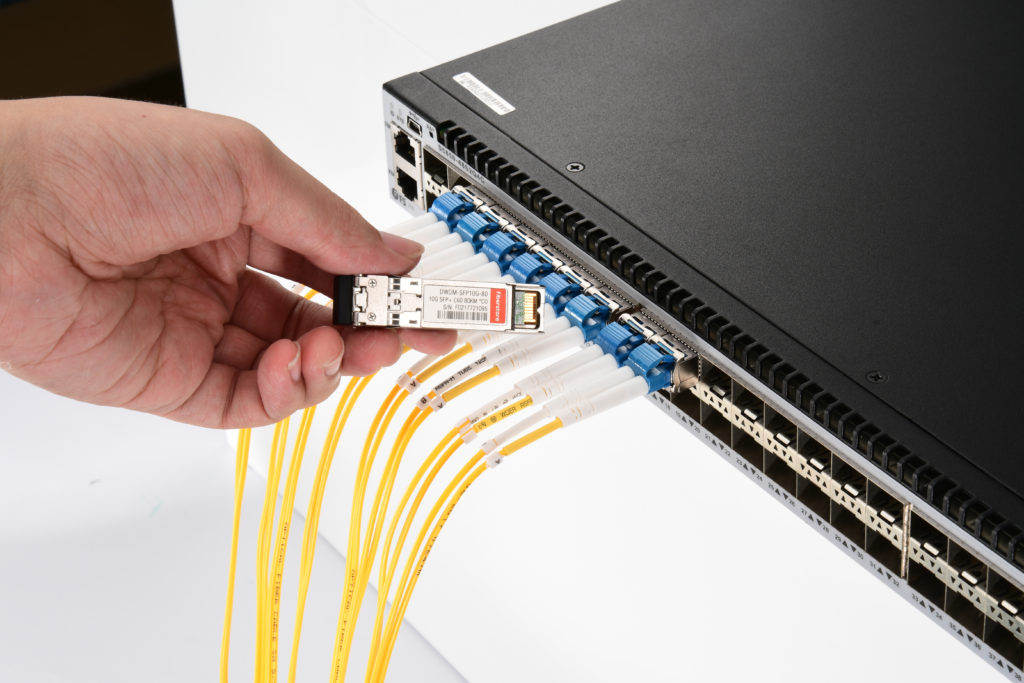An Ethernet cable or network cable is the medium for wired networks to connect the networking systems and servers together. It plays an integral role in cabling for both residential and commercial purposes. When it comes to using Ethernet cables for setting up network connections, choosing a perfect cable is always a daunting task since there are various Ethernet cables types available for different purposes. According to the bundling types of the twisted pairs, the wiring forms, and the cable speeds or bandwidths, Ethernet cable types on the market can be classified into shielded or unshielded, straight-through or crossover, Cat5/Cat5e/Cat6/Cat7/Cat8 Etherent cables respectively. How to identify the most suitable one for your needs among the diversified Ethernet cable types? This post will give you the answer.
Bundling Types in the Jacket: Shielded vs Unshielded Ethernet Cable
Shielded (STP) Ethernet cables are wrapped in a conductive shield for additional electrical isolation, then bundled in the jacket. The shielding material is used to reduce external interference and the emission at any point in the path of the cable. Unshielded (UTP) Ethernet cables without the shielding material provide much less protection against such interference and the performance is often degraded when interference or disturbance is present. STP cables are more expensive due to the shielding, which is an additional material that goes into every meter of the cable. Compared with the unshielded Ethernet cable, the shielded Ethernet cable is heavier and stiffer, making it more difficult to handle.
Wiring Forms: Crossover Cable vs Straight-through Ethernet Cable
Straight-through cable refers to an Ethernet cable with the pin assignments on each end of the cable. In other words Pin 1 connector A goes to Pin 1 on connector B, Pin 2 to Pin 2 and so on. Straight-through wired cables are most commonly used to connect a host to client.
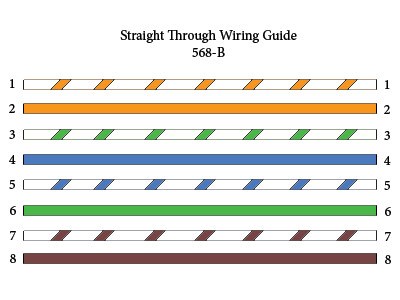
In contrast, the crossover cables are very much like straight-through cables with the exception that TX and RX lines are crossed (they are at opposite positions on either end of the cable. Using the 568-B standard as an example below you will see that Pin 1 on connector A goes to Pin 3 on connector B. Pin 2 on connector A goes to Pin 6 on connector B and so on. Crossover cables are most commonly used to connect two hosts directly.
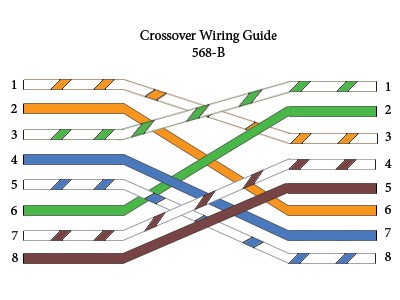
Speeds & Bandwidths: Cat5/Cat5e/Cat6/Cat6a/Cat7/Cat8 Ethernet Cable
Defined by the Electronic Industries Association, the standard Ethernet cable types can be divided into Cat5/Cat5e/Cat6/Cat6a/Cat7/Cat8 categories to support current and future network speed and bandwidth requirements.
Cat5 Ethernet Cable
Cat5 Ethernet cable introduced the 10/100 Mbps speed to the Ethernet, which means that the cables can support either 10 Mbps or 100 Mbps speeds. A 100 Mbps speed is also known as Fast Ethernet, and Cat5 cables were the first Fast Ethernet-capable cables to be introduced. Cat5 Ethernet cable can also be used for telephone signals and video, in addition to Ethernet data.
Cat5e Ethernet Cable
Cat5e Ethernet cable is an enhanced version of Cat5 cable to handle a maximum bandwidth of 100 MHz. Cat5e Ethernet cable is optimized to reduce crosstalk, or the unwanted transmission of signals between data channels. Although both Cat5 and Cat5e Ethernet cable types contain four twisted pairs of wires, Cat5 only utilizes two of these pairs for Fast Ethernet, while Cat5e uses all four, enabling Gigabit Ethernet speeds. Cat5e cables are backward-compatible with Cat5 cables, and have completely replaced Cat5 cables in new installations.
Cat6 Ethernet Cable
Cat6 Ethernet cable is certified to handle Gigabit Ethernet with a bandwidth of up to 250 MHz. It has better insulation and thinner wires, providing a higher signal-to-noise ratio. Cat6 Ethernet cables are better suited for environments in which there may be higher electromagnetic interference. Cat6 Ethernet cables can be available in both UTP and STP forms, and they are backward-compatible with both Cat5 and and Cat5e cables.
Cat6a Ethernet Cable
Cat6a Ethernet cable improves upon the basic Cat6 Ethernet cable by allowing 10 Gbps (10,000 Mbps) data transmission rates and effectively doubling the maximum bandwidth to 500 MHz. Category 6a cables are usually available in STP form, therefore they must have specialized connectors to ground the cables.
Cat7 Ethernet Cable
Cat7 Ethernet cable is a fully shielded cable that supports speeds of up to 10,000 Mbps and bandwidths of up to 600 MHz. Cat7 cables consist of a screened, shielded twisted pair (SSTP) of wires, and the layers of insulation and shielding contained within them are even more extensive than that of Cat6 cables.
Cat8 Ethernet Cable
The newly upgraded Cat8 Ethernet cable supports up to 2000MHz and speeds up to 40Gbps over 20 meters. It is fully backward compatible with all the previous categories. With inner aluminum foil wrapped around pairs and outer CCAM braid shielding, the Cat8 Ethernet cable can prevent from electromagnetic and radio frequency interference very well.
Conclusion
When setting up a wired connection in your home or office, you need to obtain the proper Ethernet cable types which can work with your equipment. If you are looking to connect two different devices such as computer to switch or router to hub, the straight-through cable may be the best solution. If you connect two computers together, you will need a crossover cable. The decision over UTP and STP Ethernet cable types depends on how much extent of electrical isolation is needed. When choosing among Cat5/Cat5e/Cat6/Cat7/Cat8 Ethernet cable types, it is undoubted that the more upgraded version can deliver better performance and functionality. It mainly depends on your speed and bandwidth requirement that would suit your equipment best.
Originally published at http://www.fiber-optic-equipment.com/ethernet-cable-types.html
